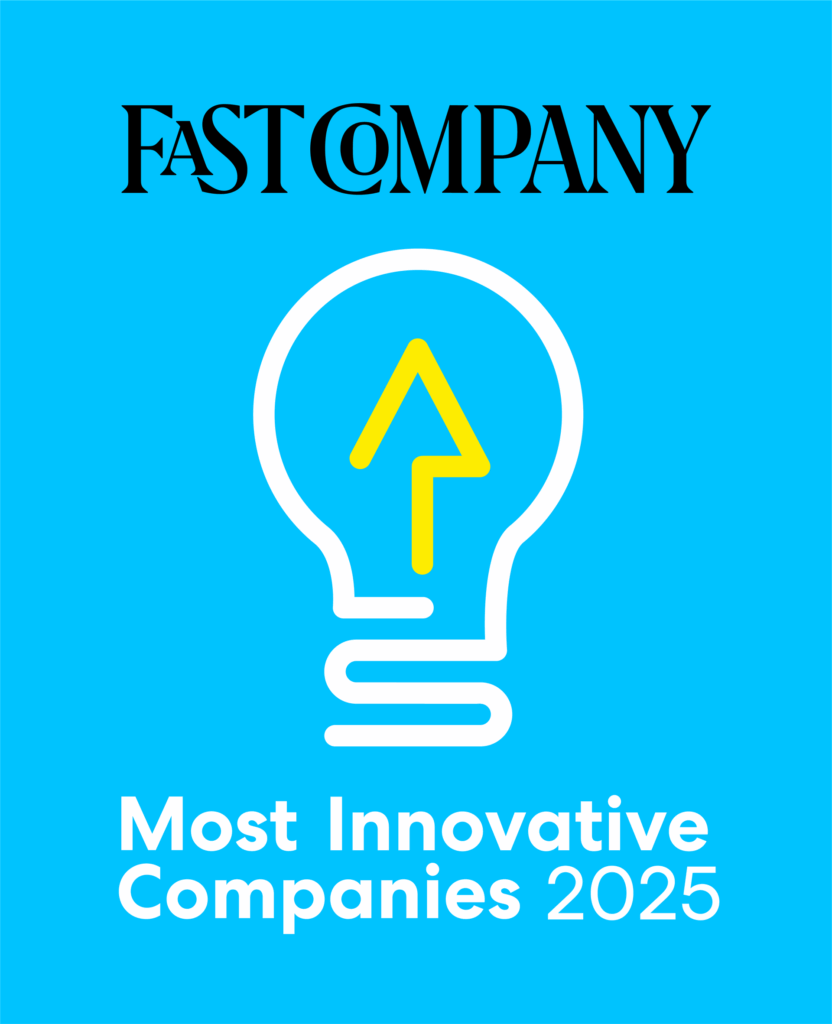Home About Us
Advancing AI with Open Source, at Scale
Built on a rich history of open source and Python, Anaconda is the guardian of open innovation, helping users utilize AI to turn ideas into impact.
Millions Rely on Anaconda to Advance Their AI Initiatives
50 M
Users Globally
1.9 M
Developers and contributors
1 M+
Global Organizations
95 %
Fortune 500 companies

Our History
Anaconda was founded in 2012 by Peter Wang and Travis Oliphant out of the need to bring Python into business data analytics. The use of Python has since exploded, and it’s the most popular programming language used today. Anaconda now has over 300 full-time employees worldwide and is proud to serve over 40 million users!

Our Leadership Team

David DeSanto
Chief Executive Officer

Jane Kim
Co-President and Chief Commercial Officer

Laura Sellers
Co-President and Chief Product and Technology Officer

Peter Wang
Chief AI and Innovation Officer and Co-founder

Nitin Mittal
Chief Financial Officer

Mark Mitchell
Senior Vice President,
Strategy and Operations

Vanessa Macllwaine
Chief People Officer

Megan Niedermeyer
Chief Legal Officer
Backed by Visionary Partners


Recognized Industry Leadership



Additional Resources for Your AI Journey
Unlock the Full Potential of Open Source
Join the 95% of Fortune 500 companies that leverage the security, speed, and scale of Anaconda’s trusted open source distribution to turn their AI strategy from vision to reality. Schedule a consultation to see how our platform can deliver ROI for your organization.
Request a demo
Anaconda Frequently Asked Questions – FAQs
What problem does Anaconda solve?
Python is a popular programming language that is widely used for numerical computing and data analysis across many industries, hardwares, and production pipelines. Anaconda is a one-stop-shop for Python packages, solving many problems associated with using and managing open-source software.
Most projects in the Python open-source software (OSS) ecosystem depend on other projects to function, and this forms a chain of prerequisites and requirements otherwise known as “dependencies.” Open-source projects are managed independently by maintainers around the world who release updates asynchronously. Thus, a tool that manages packages, recognizes your hardware architecture, and keeps projects separate is necessary in order to ensure proper functionality.
Conda is Anaconda’s package, environment, and dependency manager. It is cross-platform (Windows, macOS, Linux [x86/AARCH64/PPC64LE/s390x]), cross-language (supports Python, R, C/C++, Rust, Go, and more), and ensures package compatibility and environment correctness. Without a package and environment manager like Conda, the chain of dependencies can become unmanageable; packages may depend on incompatible versions of other packages, and obtaining different versions of those other packages may break other dependencies and push the problem downstream. In other words, chaos ensues.
Anaconda was built to cut through—and prevent—the chaos associated with package and environment management. Our paid plans offer additional capabilities and allow open-source software to be safely and securely utilized, even in the most stringent and regulated industries.
What is Anaconda Distribution?
Anaconda Distribution is a free Python data science distribution. An Anaconda Distribution install includes Conda and Anaconda Navigator, a desktop GUI that is preloaded with the most widely used data science and machine learning packages.
Who should use Anaconda?
Anaconda’s ease of use makes it an attractive option for data practitioners of all abilities—particularly those who wish to build and test models together, and those who value business impact and data-driven decision making. IT and InfoSec teams also benefit from using Anaconda, leveraging its security and governance features to manage their infrastructure with confidence and reduce their organization’s exposure to vulnerabilities. And of course students, researchers, and academics can use Anaconda to streamline workflows and deliver value—no matter their field.
How is Anaconda being used?
Organizations across many industries including finance, manufacturing, healthcare, and more are using Anaconda to harness open-source innovation and build custom models and applications. From neural networks to data visualization to robotics, the use cases are limitless.
Does Anaconda make it easier for enterprises to perform open-source data science, AI, and machine learning?
Yes! Our plans make it easy for enterprise users to access the open-source software they need while adhering to advanced security standards.
What is the relationship between Anaconda and Python?
Python is a widely used, multi-purpose programming language. Anaconda pioneered the use of Python for data science, champions its vibrant community, and continues to steward open-source projects that make tomorrow’s innovation possible.
How much does Anaconda cost?
Anaconda pricing is detailed on our Pricing page.
What kind of security is provided with Anaconda?
Anaconda’s paid plans offer a variety of features and tools that support open-source security and compliance, from Conda Signature Verification to CVE curation to SBOMs and more.
What kind of interoperability does Anaconda offer?
Conda, Anaconda’s package, environment, and dependency manager, was built to support cross-platforms (Windows, macOS, Linux [x86/AARCH64/PPC64LE/s390x]) and cross-languages (supports Python, R, C/C++, Rust, Go, and more). Conda is particularly helpful when it comes to reproducibility and deployment of applications into multiple environments. Models and applications written on one computer can easily be ported to another, regardless of platform. This type of interoperability continues to steward our core values of widespread adoption, sharing, and collaboration.
Where can I find Anaconda support resources?
Head to our Support Center to access helpful documentation.
Is Anaconda hiring?
Yes! Head to our Careers page for more information and to view our open positions.
